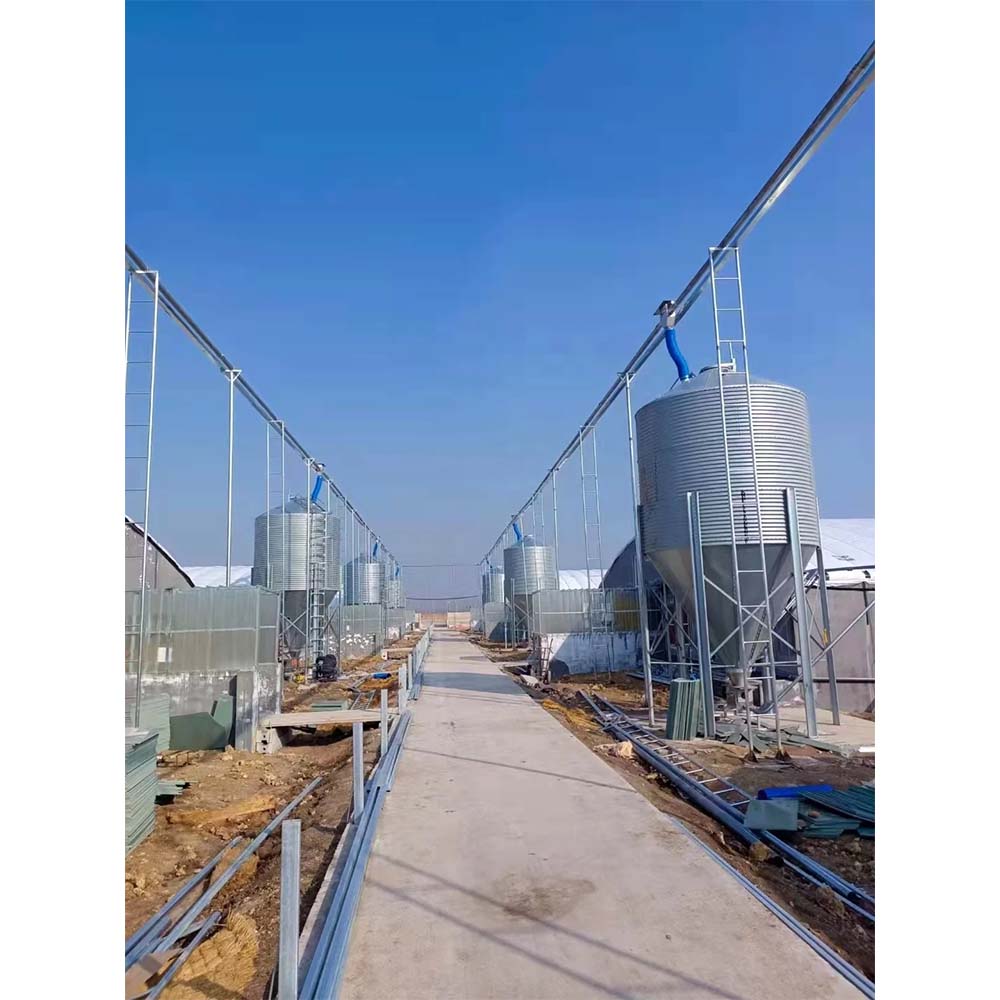Efficient and Innovative Solutions for Fish Feed Production Machinery and Equipment Development
សីហា . 02, 2024 14:33 Back to list
Efficient and Innovative Solutions for Fish Feed Production Machinery and Equipment Development
The Fish Feed Manufacturing Machine Revolutionizing Aquaculture
In recent years, the aquaculture industry has seen significant growth, leading to an increasing demand for high-quality fish feed. As the global population continues to rise, the need for sustainable and efficient food production systems becomes more pressing. One critical innovation that is addressing this need is the fish feed manufacturing machine, which streamlines the production of nutritious feeds tailored to various aquatic species.
Importance of Fish Feed in Aquaculture
Fish feed plays a crucial role in the growth, health, and overall well-being of farmed fish and other aquatic organisms. Quality feed not only promotes optimal growth rates but also enhances feed conversion efficiency, leading to reduced waste and lower production costs. Therefore, the ability to manufacture fish feed that meets the specific nutritional requirements of different species is vital for successful aquaculture operations.
Overview of Fish Feed Manufacturing Machines
Fish feed manufacturing machines are advanced pieces of equipment designed to produce high-quality feed pellets. These machines can vary in size and complexity, from small-scale units suitable for individual farms to large industrial systems capable of producing tons of feed per hour. The primary processes involved in fish feed production include grinding, mixing, pelleting, and drying, each of which contributes to the quality and nutritional value of the final product.
1. Grinding The process begins with raw materials such as fish meal, soybean meal, corn, and various vitamins and minerals. These ingredients are ground into a fine powder to ensure uniformity and ease of mixing. Proper grinding is essential, as it affects the feed's digestibility and palatability.
2. Mixing After grinding, the powdered ingredients are carefully mixed to create a homogeneous blend. This step is crucial to ensure that all fish receive the necessary nutrients, regardless of the size and shape of the pellets they consume.
fish feed manufacturing machine

3. Pelleting The mixed feed is then subjected to heat and pressure in the pelleting process. This is where the feed is formed into pellets, which offers several advantages it increases the feed's density, reduces waste, and enhances water stability, minimizing pollution in aquaculture systems.
4. Drying Finally, the pellets are dried to remove excess moisture, extending shelf-life and preventing mold growth. Properly dried pellets ensure that the feed remains nutritious and palatable over time.
Advancements in Technology
Modern fish feed manufacturing machines incorporate advanced technologies that enhance efficiency and reduce environmental impact. For instance, some machines are equipped with automation features, allowing for precise control of the production process, reducing labor costs, and ensuring consistent product quality. Additionally, energy-efficient designs help minimize the carbon footprint associated with feed production.
Moreover, there is a growing trend toward incorporating alternative ingredients, such as insect proteins and algae, into fish feed formulations. This not only addresses sustainability concerns but also offers new avenues for feed manufacturing machines to innovate and adapt to changing market demands.
Conclusion
As the demand for fish continues to rise, the role of fish feed manufacturing machines becomes increasingly important. These machines not only streamline production but also contribute to the sustainability of the aquaculture industry. By enhancing feed quality, improving efficiency, and promoting innovative practices, fish feed manufacturing machines are set to revolutionize the way we approach aquaculture in the coming years. With ongoing advancements in technology and increasing awareness of sustainable practices, the future of fish feed production looks promising, ensuring that aquaculture can meet global food demands while protecting our natural resources.
-
High Performance Exhaust Fan – Efficient Ventilation Solutions for Home
NewsJun.10,2025
-
High-Quality Gestation Pen for Sows Durable Mobile Pig Pen & Simple Pig Pen Solutions
NewsJun.10,2025
-
High Quality Rabbit Cage Double Tier Designs & Welded Wire Mesh Supplier
NewsJun.10,2025
-
Floating Fish Feed Machine - High Efficiency Floating Fish Feed Extruder for Small Scale Production
NewsJun.10,2025
-
Premium Poultry Housing Solutions Mobile & Commercial Free Range Options
NewsJun.10,2025
-
Industrial FRP Fans Corrosion-Resistant Blades & Centrifugal Systems
NewsJun.09,2025






